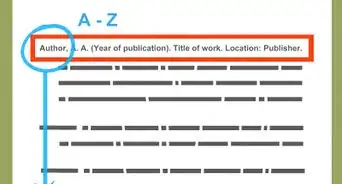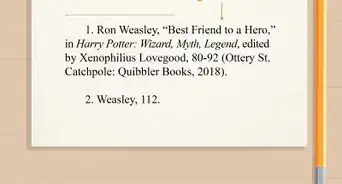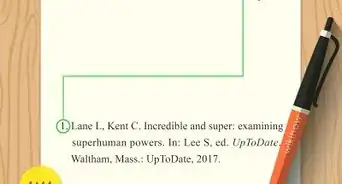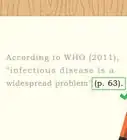This article was co-authored by wikiHow staff writer, Jennifer Mueller, JD. Jennifer Mueller is a wikiHow Content Creator. She specializes in reviewing, fact-checking, and evaluating wikiHow's content to ensure thoroughness and accuracy. Jennifer holds a JD from Indiana University Maurer School of Law in 2006.
There are 8 references cited in this article, which can be found at the bottom of the page.
This article has been viewed 90,228 times.
Learn more...
If you're doing research for a paper or project, you'll likely use online sources. Some websites don't list an author for much of their content. Often, you can list the organization or institution that maintains the website as the author. If naming the organization or institution as an author doesn't make sense, create a citation for a website with no author. The specific format varies depending on whether you're using the Modern Language Association (MLA), American Psychological Association (APA), or Chicago citation style.
Steps
MLA
-
1List the name of the site in italics. If you're citing the website as a whole and can't find an author, start your Works Cited entry with the name of the site. Use title case, capitalizing the first word along with all nouns, pronouns, verbs, adverbs, and other words with more than 4 letters. Place a period at the end of the site name.[1]
- Example: The Purdue OWL Family of Sites.
-
2Provide the name of the affiliated institution or organization. The name of the institution or organization that sponsors or maintains the website may be in the header of the home page, or on the site's "About" page. Type the full name using title case, then type a comma.[2]
- Example: The Purdue OWL Family of Sites. The Writing Lab and OWL at Purdue and Purdue U,
Advertisement -
3Include the date the website was created, if available. You may also find the date of creation in the site's "About" page. You can also use the first year in the copyright information at the bottom of the page if a range is displayed. Place a comma after the date.[3]
- Example: The Purdue OWL Family of Sites. The Writing Lab and OWL at Purdue and Purdue U, 2008,
-
4Add a URL and date of access. Copy the URL for the homepage of the website, leaving off the "http://" part of the address. Place a period after the URL, then type the word "Accessed" followed by the date you last accessed the page in day-month-year format. Use a 3-letter abbreviation for all months with names more than 4 letters long.[4]
- Example: The Purdue OWL Family of Sites. The Writing Lab and OWL at Purdue and Purdue U, 2008, owl.purdue.edu/owl/purdue_owl.html. Accessed 29 Oct. 2018.
MLA Works Cited Format
Name of Website. Name of Website Sponsor, Day Month Year of resource creation, URL. Accessed Day Month Year.
-
5Use a shortened version of the name for in-text citations. Any time you reference the website in your text, you need an in-text citation. With websites, the best option typically is to try to work the name of the website into your own text. If you do that, you won't need a parenthetical citation at all.[5]
- For example, you might write: "The Purdue University Online Writing Lab (OWL) has some of the most thorough information for research and writing available on the internet." Since the name of the site is included in the narrative, you don't need a parenthetical citation.
APA
-
1Give the address of the site in your text to cite an entire website. APA does not require a full citation or reference list entry if you're citing an entire website. Simply mention the name of the website in your text, then provide the address for the site in a parenthetical at the end of your sentence, inside the closing punctuation.[6]
- For example, you might write: "Kids psych is an interactive website designed to teach children about psychology (http://www.kidspsych.org).
- Cite to the initial homepage of the site, not a secondary page. Typically this won't be a long address. However, if the URL is long and looks awkward in your paper, talk to your instructor or supervisor about creating a shortened version.
-
2Create a reference list entry to cite an individual page on a website. To cite an individual webpage with no author, list the title of the webpage first. Type the title in title case, capitalizing only the first word and any proper nouns. Place a period at the end of the webpage title.[7]
- Example: Canada: Education structure.
-
3Provide the date of publication in parentheses. The date of publication typically will be the date of the last update or the copyright date. If you can't find a date on the website to use, put the abbreviation "n.d." (for "no date") in the parentheses. Place a period after the closing parentheses.[8]
- Example: Canada: Education structure. (2018).
-
4Add the title of the website in italics. Type the word "In" followed by the title of the website. Type the website title in sentence case, capitalizing only the first word and any proper nouns. Place a period after the title of the website.[9]
- Example: Canada: Education structure. (2018). In Global road warrior.
-
5Include the date of access and URL. Type the word "Retrieved" followed by the date of access in month-day-year format. A date of access isn't necessary unless you believe the content is likely to change over time. If you include the date of access, type a comma at the end of the date. Then type the word "from" followed by a copy of the full URL for the web page. Do not place a period at the end of the URL.[10]
- Example: Canada: Education structure. (2018). In Global road warrior. Retrieved February 17, 2018, from http://www.globalroadwarrior.com/#mode=country®ionId=27&uri=country-content&nid=62.18&key=country-ed-structure
APA Reference List Format
Title of page in sentence case. (Year). In Title of website in sentence case. Retrieved Month Day, Year from URL.
-
6Use a shortened version of the title for in-text citations. APA style normally uses author-date parenthetical citations. Since there is no author, use 1 or 2 keywords from the title, enclosed in double quotation marks. Place a comma inside the closing quotation marks, then add the year of publication (or "n.d.," if no date was available).[11]
- For example, you might write: "Grading scales in Canada differ among the provinces, which can make it difficult for children moving in the middle of a term ("Canada," 2018)."
Chicago
-
1Type the title of the website in italics. Since you don't have an author, the first element of your bibliography entry is the title of the website. Use title case, capitalizing all nouns, pronouns, verbs, and adverbs in the website's title. Place a period after the title.[12]
- Example: Financial Accounting Standards Board.
-
2Provide the sponsor of the website and date of original publication. List the institution or organization that maintains the website, followed by a comma and a space. Then type the date of publication, if available, in month-day-year format, followed by a period. If no date is available, place a period after the name of the website's sponsor.[13]
- Example: Financial Accounting Standards Board. Financial Accounting Foundation.
-
3Include the URL and date of access. Copy the full URL for the website into your citation, followed by a period. Then type the word "Accessed" followed by the last date you accessed the website in month-day-year format. Enclose this phrase in parentheses, placing a period outside the closing parentheses.[14]
- Example: Financial Accounting Standards Board. Financial Accounting Foundation. https://www.fasb.org/home. (Accessed October 29, 2018).
Chicago Bibliography Format
Title of Website. Sponsor of Website, Month Day, Year of resource creation. URL. (Accessed Month Day, Year).
-
4Use commas instead of periods in footnotes. Place a superscripted number at the end of any sentence where you mention the website. Your footnote includes the same information as your bibliography entry. The only difference is that the elements are separated with commas rather than periods. The only period in the footnote is at the very end.[15]
- Example: Financial Accounting Standards Board, Financial Accounting Foundation, https://www.fasb.org/home, (accessed October 29, 2018).
Community Q&A
-
QuestionHow do you cite a website with no author in text?
 wikiHow Staff EditorThis answer was written by one of our trained team of researchers who validated it for accuracy and comprehensiveness.
wikiHow Staff EditorThis answer was written by one of our trained team of researchers who validated it for accuracy and comprehensiveness.
Staff Answer wikiHow Staff EditorStaff AnswerIn APA, you’d use an abbreviated version of the title, followed by the date. For example, if the website is called “Cats Understand You, They Just Don’t Care,” you’d cite it as (“Cats Understand You,” 2017). Do the same thing in MLA, but don’t include the date.
wikiHow Staff EditorStaff AnswerIn APA, you’d use an abbreviated version of the title, followed by the date. For example, if the website is called “Cats Understand You, They Just Don’t Care,” you’d cite it as (“Cats Understand You,” 2017). Do the same thing in MLA, but don’t include the date. -
QuestionHow do you reference a website in Harvard style?
 wikiHow Staff EditorThis answer was written by one of our trained team of researchers who validated it for accuracy and comprehensiveness.
wikiHow Staff EditorThis answer was written by one of our trained team of researchers who validated it for accuracy and comprehensiveness.
Staff Answer wikiHow Staff EditorStaff AnswerIf you don’t know the author, use the corporate author (e.g., the name of the company that produced the website) or the title of the site instead. For example, wikiHow (2021) How to Cite a Website with No Author. Available at: [URL] (Accessed August 19, 2021). For in-text citations, write the corporate author or abbreviated title in parentheses, followed by the year of publication (wikiHow, 2021).
wikiHow Staff EditorStaff AnswerIf you don’t know the author, use the corporate author (e.g., the name of the company that produced the website) or the title of the site instead. For example, wikiHow (2021) How to Cite a Website with No Author. Available at: [URL] (Accessed August 19, 2021). For in-text citations, write the corporate author or abbreviated title in parentheses, followed by the year of publication (wikiHow, 2021). -
QuestionHow do you cite a website with no author and no date?
 wikiHow Staff EditorThis answer was written by one of our trained team of researchers who validated it for accuracy and comprehensiveness.
wikiHow Staff EditorThis answer was written by one of our trained team of researchers who validated it for accuracy and comprehensiveness.
Staff Answer wikiHow Staff EditorStaff AnswerIn most citation styles, you can substitute the name of the corporate author (e.g., Google, wikiHow) for the author or use the title of the website in place of the author’s name. Write “n.d.” in place of the date.
wikiHow Staff EditorStaff AnswerIn most citation styles, you can substitute the name of the corporate author (e.g., Google, wikiHow) for the author or use the title of the website in place of the author’s name. Write “n.d.” in place of the date.
References
- ↑ https://owl.purdue.edu/owl/research_and_citation/mla_style/mla_formatting_and_style_guide/mla_works_cited_electronic_sources.html
- ↑ https://owl.purdue.edu/owl/research_and_citation/mla_style/mla_formatting_and_style_guide/mla_works_cited_electronic_sources.html
- ↑ https://owl.purdue.edu/owl/research_and_citation/mla_style/mla_formatting_and_style_guide/mla_works_cited_electronic_sources.html
- ↑ https://owl.purdue.edu/owl/research_and_citation/mla_style/mla_formatting_and_style_guide/mla_works_cited_electronic_sources.html
- ↑ https://utica.libguides.com/c.php?g=703243&p=4991659
- ↑ https://www.apastyle.org/learn/faqs/cite-website
- ↑ https://apastyle.apa.org/style-grammar-guidelines/references/missing-information
- ↑ https://owl.purdue.edu/owl/research_and_citation/apa_style/apa_formatting_and_style_guide/reference_list_author_authors.html
- ↑ https://owl.purdue.edu/owl/research_and_citation/apa_style/apa_formatting_and_style_guide/reference_list_author_authors.html
- ↑ https://owl.purdue.edu/owl/research_and_citation/apa_style/apa_formatting_and_style_guide/reference_list_electronic_sources.html
- ↑ https://owl.purdue.edu/owl/research_and_citation/apa_style/apa_formatting_and_style_guide/reference_list_author_authors.html
- ↑ https://columbiacollege-ca.libguides.com/c.php?g=723038&p=5226475
- ↑ https://columbiacollege-ca.libguides.com/c.php?g=723038&p=5226475
- ↑ https://columbiacollege-ca.libguides.com/c.php?g=723038&p=5226475
- ↑ https://columbiacollege-ca.libguides.com/c.php?g=723038&p=5226475
- ↑ https://libguides.csuchico.edu/c.php?g=414275&p=2822429
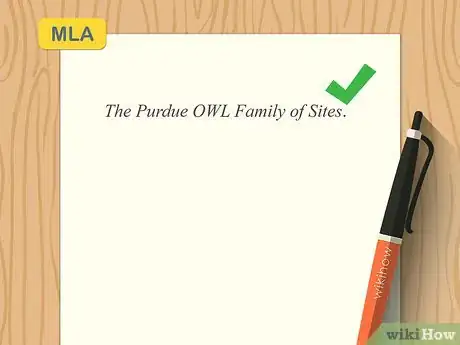



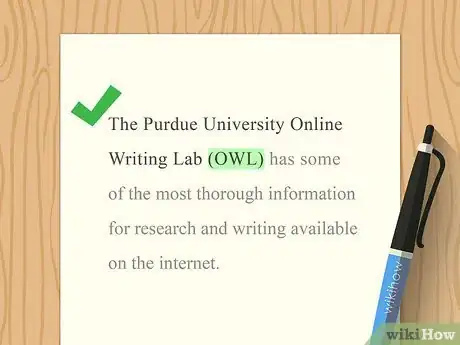

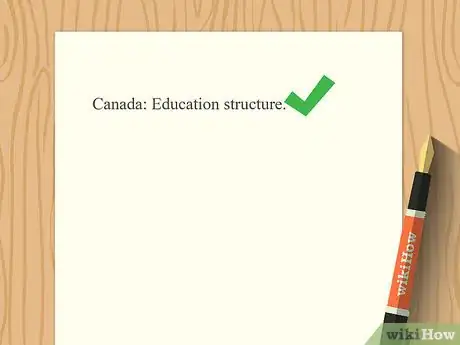
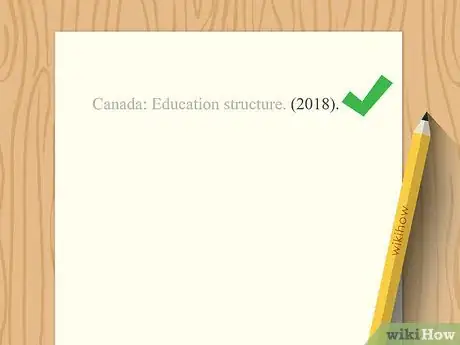






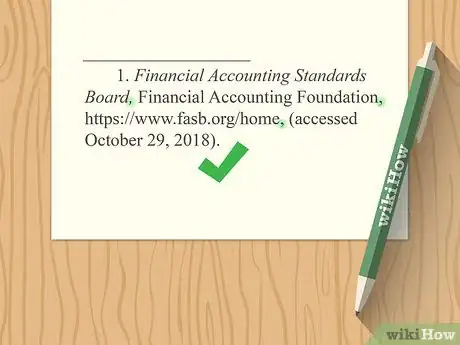



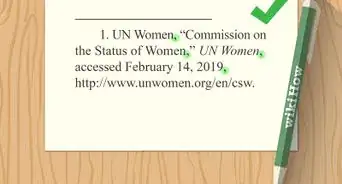


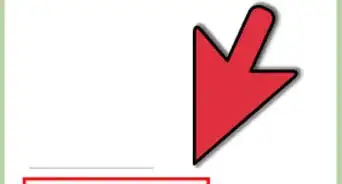
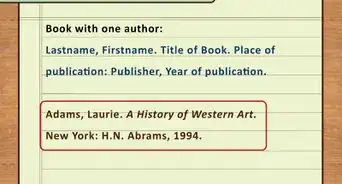

-Step-18.webp)

